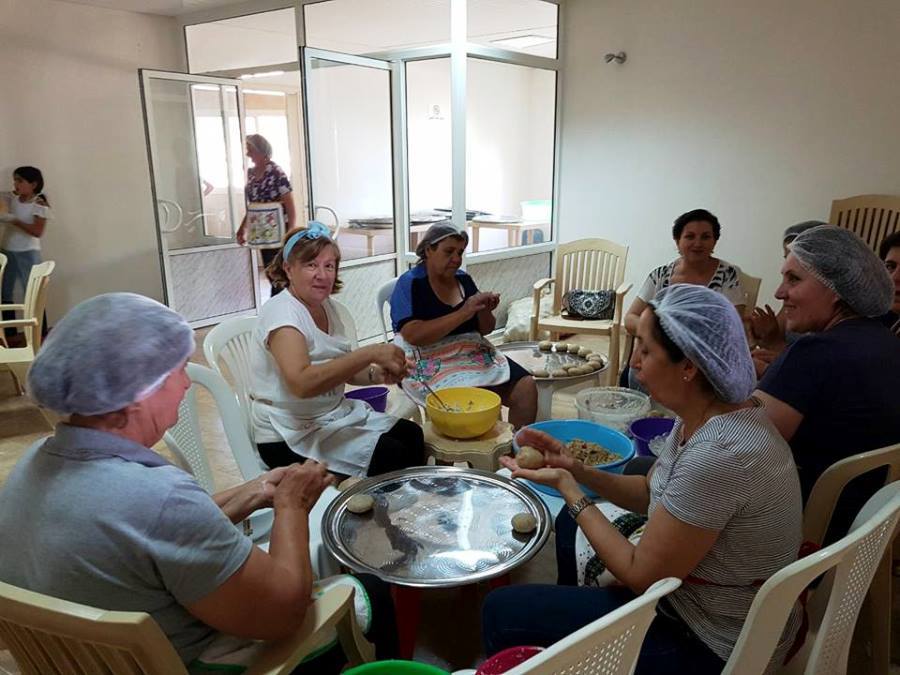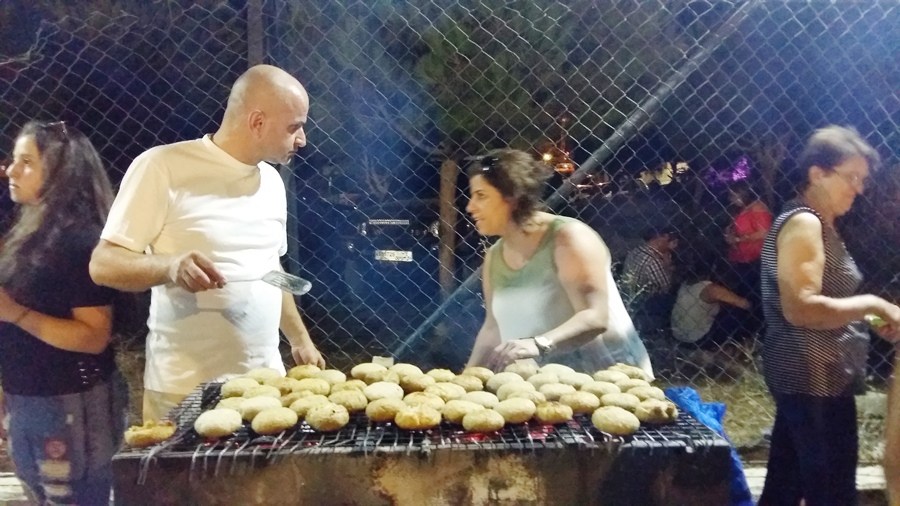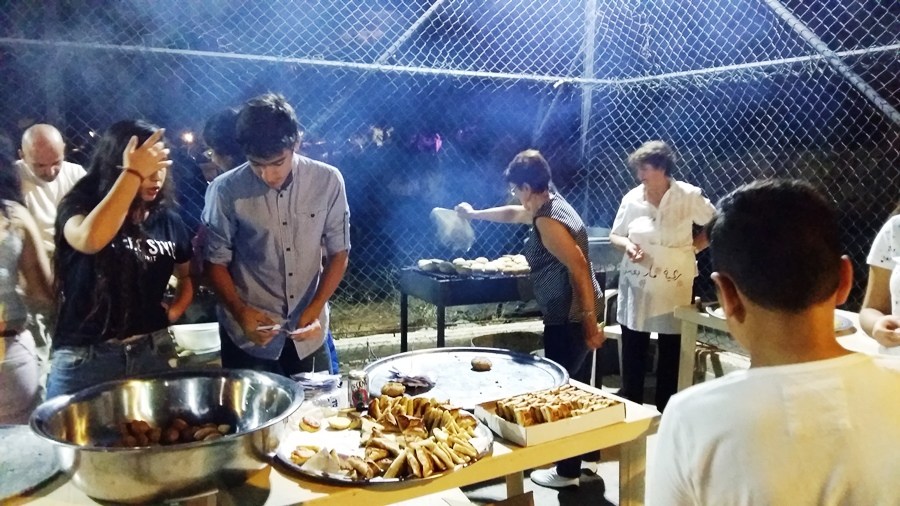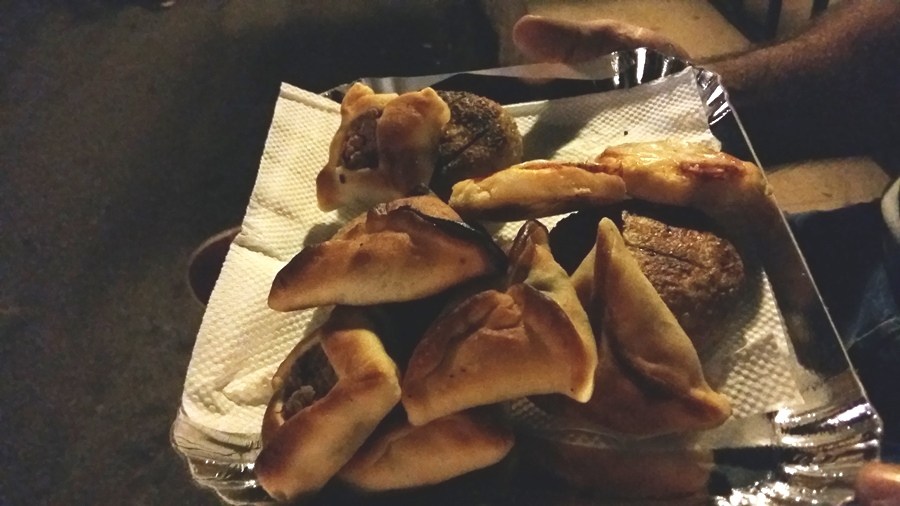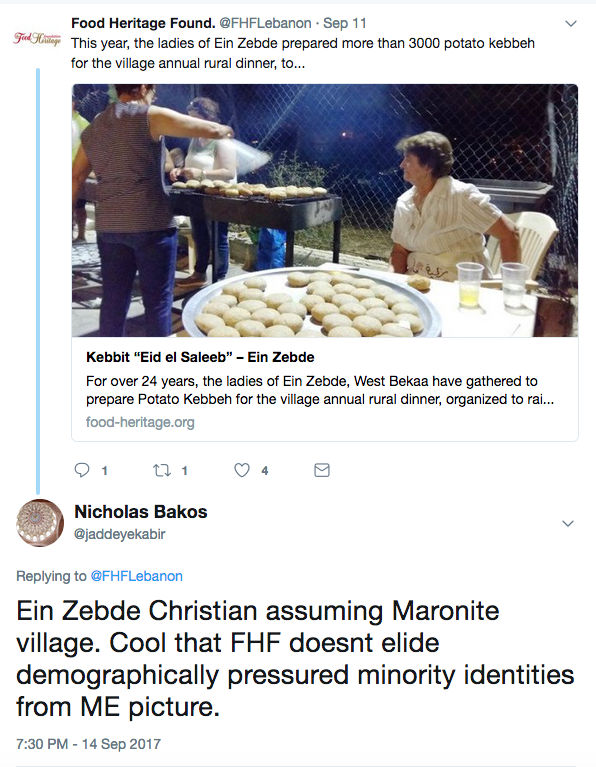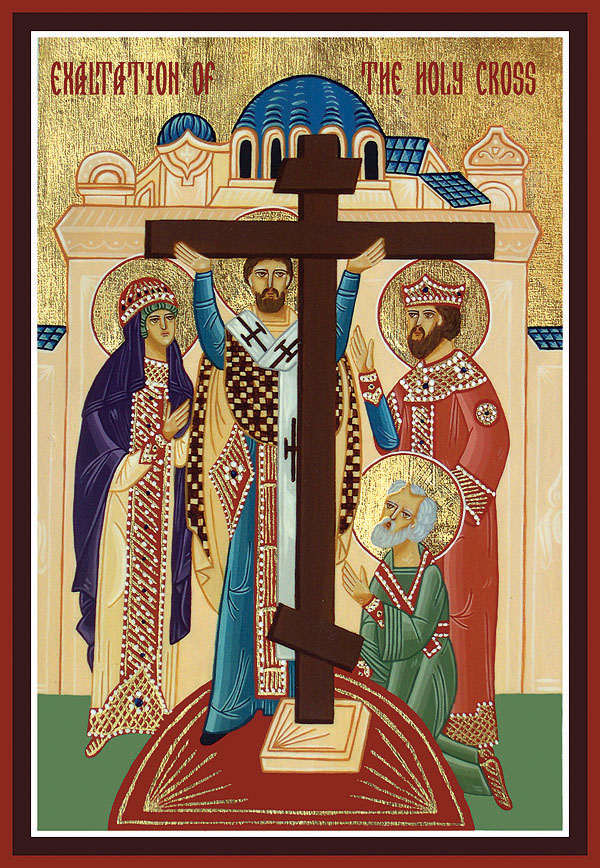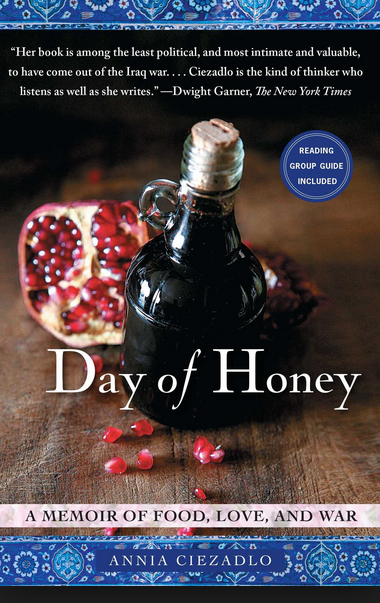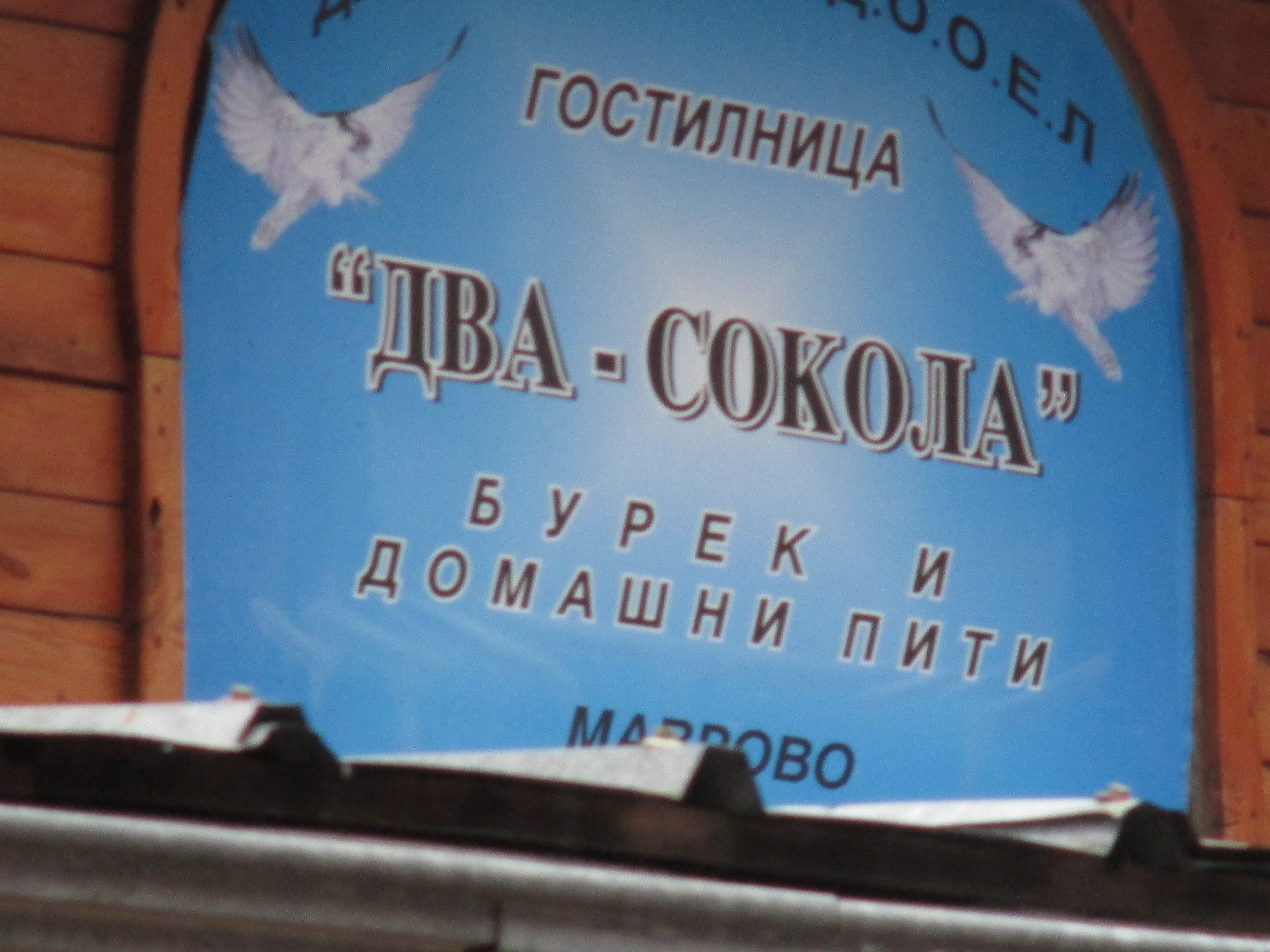

This kid, Dimitri (someone correct me if it’s different in Macedonian) gives new meaning to the words of the Greek folk song: “Mother, you married me badly…”
The song I mean is originally a Sarakatsan song; the Sarakatsanoi are a Greek-speaking, (as opposed to Vlachs, who were the most widespread practitioners of pastoral transhumance in the Balkans and speak or mostly spoke a Romance language), formerly nomadic group who kept their flocks in the lowlands in the winter and migrated up into the cooler, greener mountains in the summer, where there were richer pasturelands and, especially, water, for them and their livestock, though unlike the semi-nomadic Vlachs,* who used their mobility to engage in extensive commerce as well and were noikokyrides who built big beautiful stone villages in their mountain homes, the Sarakatsanoi lived in huts traditionally, both in the plains and the hills. This kind of transhumance is not unique to the Balkans, but existed in Spain, in southern Italy, Anatolia (Yörük-s), and many other parts of the world. My mother used to remember day after day of the constant tinkling of sheep-bells as Sarakatsanoi passed through the valley under her village, moving their huge flocks to the higher mountains of the Djoumerka in the spring time. My great-grandmother was a Sarakatsana. And though permanently settled, often by force in some countries, there are still huge amounts of livestock moved (now by truck) into higher altitude areas all over the Balkans and I know, at least, in the Pyrenees too, on both French and Spanish sides.
The song tells the lament of a young bride who has been married off to a family in a lowland village, what in some Andean countries is known — with horror — as tierra caliente as opposed to tierra fria:
“Mάνα με κακοπάντρεψες και μ’ έδωκες στον κάμπο, κι εγώ στο κάμμα δεv βαστώ, ζεστό νερό δεν πίνω.”
“Mother, you married me badly, and gave me to the plains, and I can’t bear the scorch, or drink this tepid water.”
There is also an alternative version: “…κι εγώ στ’αλέτρι δε βαστώ, ζεστό νερό δεν πίνω.” — “…and I can’t handle a plow, or drink this tepid water…” which gives a stronger sense of the highland pastoralist’s traditional aristocratic contempt for agricultural life — plowing and digging in the dirt and mud and burning sun — that used to be felt all over the Balkans for the people of the lowlands. You have to know how miserable the lowland, previously often malarial, parts of the Balkans still are to really feel these words under your skin. They give me, at least, the chills. There must be a Yörük song about the plain of Çukurova that expresses nearly identical sentiments, or a Pashtun song about the Punjabi lowlands. For Christians in the Balkans, to some extent, altitude also meant freedom, from Ottoman — or any — authority really, and from the likelihood that your community would end up part of some exploitative ağa’s çiftlik. Except for Albania, in much of the Balkans (and in the Levant, too) altitude was often a good correlator with the Christian/minority percentage of the population.
Back to Dimitri. Dimitri left his beautiful mountain village of Mavrovo in the Šar Mountains of Macedonia (shown below) to go work in Doha, malaka! In Qatar! (όνομα και πράμα)** Of course, he could only stand it for about a year, but made some money and came back to Mavrovo and opened a hotel and little bar-pastry-shop with his brother Darko, not in Mavrovo proper, but in Mavrovi Ani (The Hans of Mavrovo — from the Turkish-Persian for “inn”), because the mule caravans heading north into the plains of Tetovo and the rest of the Balkans used to meet here. Mavrovo — maybe it’s just my imagination or maybe tribal instinct — has the distinct feel of a front-line Christian village in a largely Muslim-Albanian area, like Derviçani, with Sveti Jovan, just up the road, watching its back. And from Mavrovo to Tetovo, unofficial capital of Macedonia’s some twenty-percent Albanian minority, all the crossbridges over the highway had “MAVROVO” graffitied on them. (I’ll get shit from the MESA Thought Police for writing stuff like this and probably even for dissing Qatar — though they’re allowed to — but, whatever, it comes with the territory. I’ll explain in another post.)
The mountains of Mavrovo national Park and the lake of Mavrovo below (click).

And below the view of the lake from Dimitri’s cafe (click). Can you imagine leaving here to go to the Gulf? And the mist and fog don’t even allow the photo to do the landscape justice.

Dimitri’s place, called Dva Sokola, “The Two Falcons” (I guess that’s him and Darko), has a great selection of home made raki of different kinds (grape, plum, quince), which in Macedonia you drink ice-cold out of these cool little decanters… (click on all)

pastries — and grrrreat börek! (I’ll write another post about why I get so excited about börek at a later time).

It was the end of April, but we needed a fire…

The “Two Falcons” is also a very nice hotel; if you’re in the region, which I highly recommend visiting, try and stay here; good skiing too, but this was a bad winter for snow. Their email address is:
dooel-da-di-kompani1@hotmail.com and they have a Facebook page at: Gostilnica “Dva Sokola” — check it out.

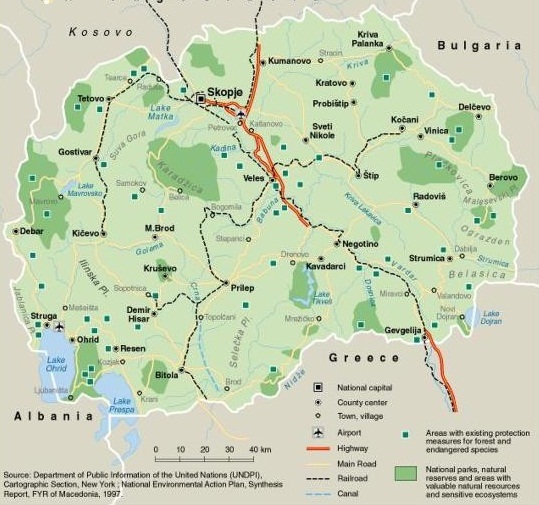 Mavrovo is in the far west of the country, the road we took from Ochrid to Tetovo basically straddling the border with Albania.
Mavrovo is in the far west of the country, the road we took from Ochrid to Tetovo basically straddling the border with Albania.
*************************************************************************************************************************************************************************************************************
*Vlachs, who are found throughout the southern Balkans, and were serious political players in the Middle Ages in an empire they co-ruled with the Bulgarians (also, unbeknownst to me till recently, the imperial Byzantine family of the Comnenoi were of Thracian Vlach origin), are not just an all-around pleasant people, but the most attractively non-nationalist in the Balkans, even though until just this past generation their language was alive and well and sense of identity strong. Instead of engaging in the waste of blood, lives and time that the dissolution of Ottoman power in the Balkans entailed, they simply devoted their considerable skills and energy to being part of whatever country they ended up in — the Balkans’ first post-modernists. There was a brief attempt by Roumania to make them feel Roumanian before and up to WWII, but it pretty much petered out. Scratch about half the millionaires of the nineteenth-century Greek diaspora who built the Greek nation’s institutions, physically and organizationally, and you’ll find a Vlach. Same for Albania and Macedonia. Their separate ethnic consciousness and language survives most strongly in Albania, where I think they were recognized as a separate minority in communist times and, again, I think, even had schools in their language, though their numbers are greatest in Greece.
** Like most humor, this will be totally unfunny in translation, but I didn’t want to be unfair to non-Greek readers. “…όνομα και πράμα…” literally means “the name and the thing” in Greek; in other words, the name — in this case Qatar — says it all: “katara” is Greek for “curse.”
Note: The best book about traditional Sarakatsan life is “Honour, Family and Patronage: A Study of Institutions and Moral Values in a Greek Mountain Village” by John K. Campbell, and the best book about traditional Vlach life in Greece was written in 1905 but has thankfully been reissued: “The Nomads of the Balkans, an Account of Life and Customs Among the Vlachs of Northern Pindus” by A.J.B. Wace, one of those insatiably curious, intrepid Brits to whom we owe so much.
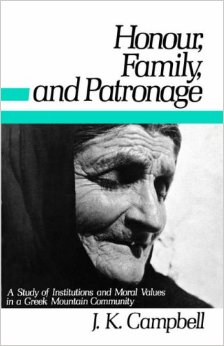

–
Comment: nikobakos@gmail.com
–
Tags: "Honour, "Mάνα με κακοπάντρεψες", "The Nomads of the Balkans: an Account of Life and Customs Among the Vlachs of Northern Pindus" by A.J.B. Wace, Anatolia, Çukurova, Balkans, börek, Derviçani, Dva Sokola, Family and Patronage", Family and Patronage: A Study of Institutions and Moral Values in a Greek Mountain Village" by John K. Campbell, Gostilnica "Dva Sokola", Mavrovo, MESA Thought Police, Pashtun, Punjab, raki, Sarakatsanoi, Sveti Jovan Bigorski, Tetovo, transhumance, Vlachs, Yörük

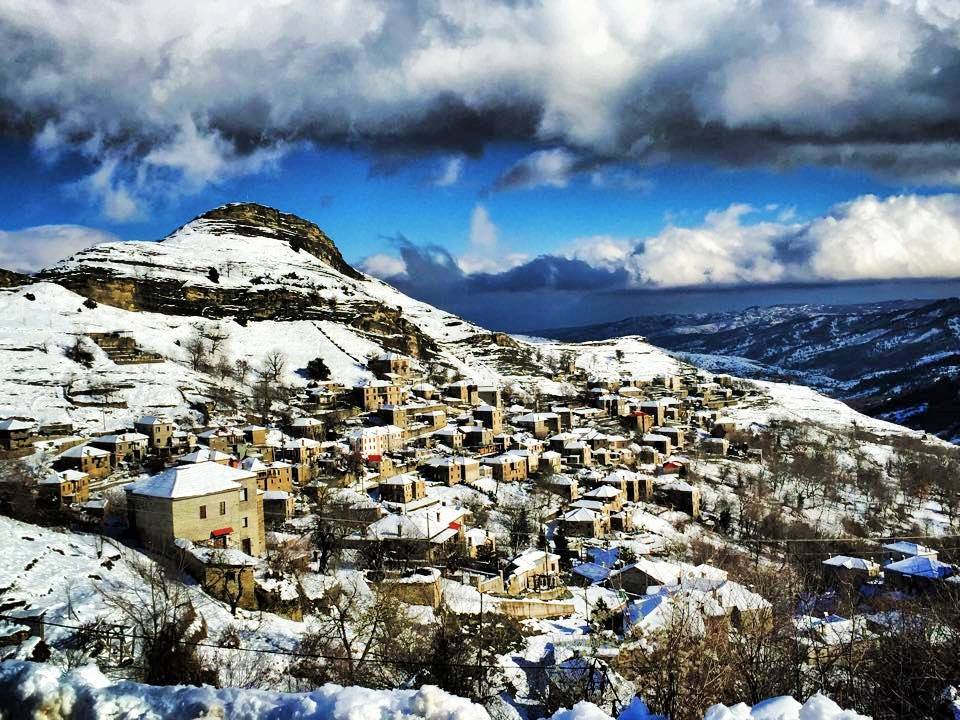

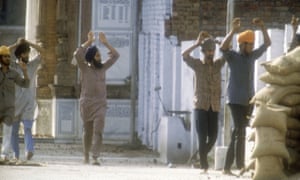
 Ein Zebde peach orchards
Ein Zebde peach orchards
